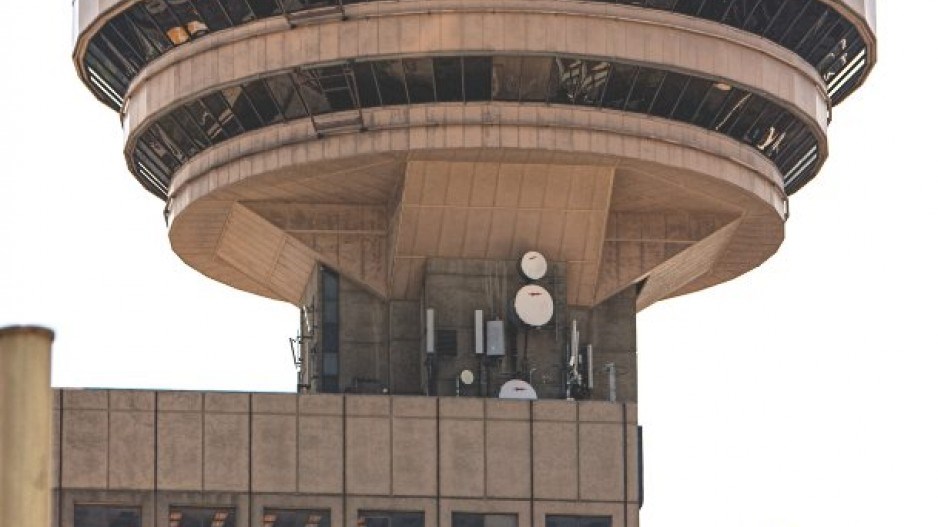Rogers Communications Inc. (TSX:RCI.B) is rolling out the first 5G standalone core in Canada, with Vancouver among four cities that will be able to eventually tap into the new infrastructure.
The telecom giant also announced Wednesday (December 16) that its 5G network has been deployed in Prince George and Port Alberni, bringing the total number of B.C. communities with access to its next-gen wireless system to 53.
Up until now, current 5G offerings from Rogers, Bell Canada [BCE Inc. (TSX:BCE)] and Telus Corp. (TSX:T) have all been built on top of existing LTE infrastructure.
Rogers’ standalone core — which is also being made available in Montreal, Ottawa and Toronto — is independent from that and will be used to support future devices as they become available.
In a statement, Rogers chief technology and information officer Jorge Fernandes described the standalone core as the “brain of the network.”
The Toronto-based company became the first to roll out 5G in Vancouver, with deployment beginning in January.
Bell followed in June and Vancouver-based Telus followed just over a week after that.
Rogers’ 5G ambitions have been particularly aggressive in B.C. after it initially only expected to roll out its network to 26 communities by the end of 2021.
But now one-third of the 160 communities with access to its 5G network are based on the West Coast, albeit it in many cities and towns with much smaller populations than the metropolitan areas encompassing Toronto and Montreal.
5G wireless technology offers significantly faster speeds capable of handling greater amounts of data as more devices eat up bandwidth in the coming years.
But users must have a device, such as a smartphone, capable of supporting 5G if they are to tap into those speeds.
Tech giant Apple Inc. (Nasdaq:AAPL) only unveiled its first 5G-capable device in October, meaning it will be some time before adoption of the technology becomes widespread among consumers.
Enterprise usage of 5G is expected to see wider adoption at a faster pace than the consumer market as businesses look to tap into those faster speeds.
Deployment across Canada has been going in fits and starts amid ongoing espionage concerns over Huawei Technologies Co. Ltd.
Telus chief financial officer Doug French had told the Financial Post in February his company was still planning to roll out 5G gear from the Chinese tech giant by the end of 2020.
But on June 2, Telus and Bell left Huawei in the dust by announcing they were tapping European vendors Telefonaktiebolaget LM Ericsson (Nasdaq:ERIC) and Nokia Corp. (HEL:NOKIA) to build out their 5G networks.
Telus has since confirmed it’s also tapping Samsung Electronics Co. Ltd. to help deploy its 5G products.
Rogers has been using Ericsson’s 5G technology throughout its deployment.
Meanwhile, uncertainty over the future of 5G in Canada has centred on a precarious political situation in which Ottawa is being pressed by intelligence allies to ban Huawei’s 5G equipment due to concerns over vulnerability to spying.
Canada also faces pressure from Beijing following the arrest of Huawei CFO Meng Wanzhou at Vancouver International Airport in December 2018 in connection with a U.S. extradition request.
Two Canadians living in China, Michael Kovrig and Michael Spavor, were detained soon after by Chinese authorities.




